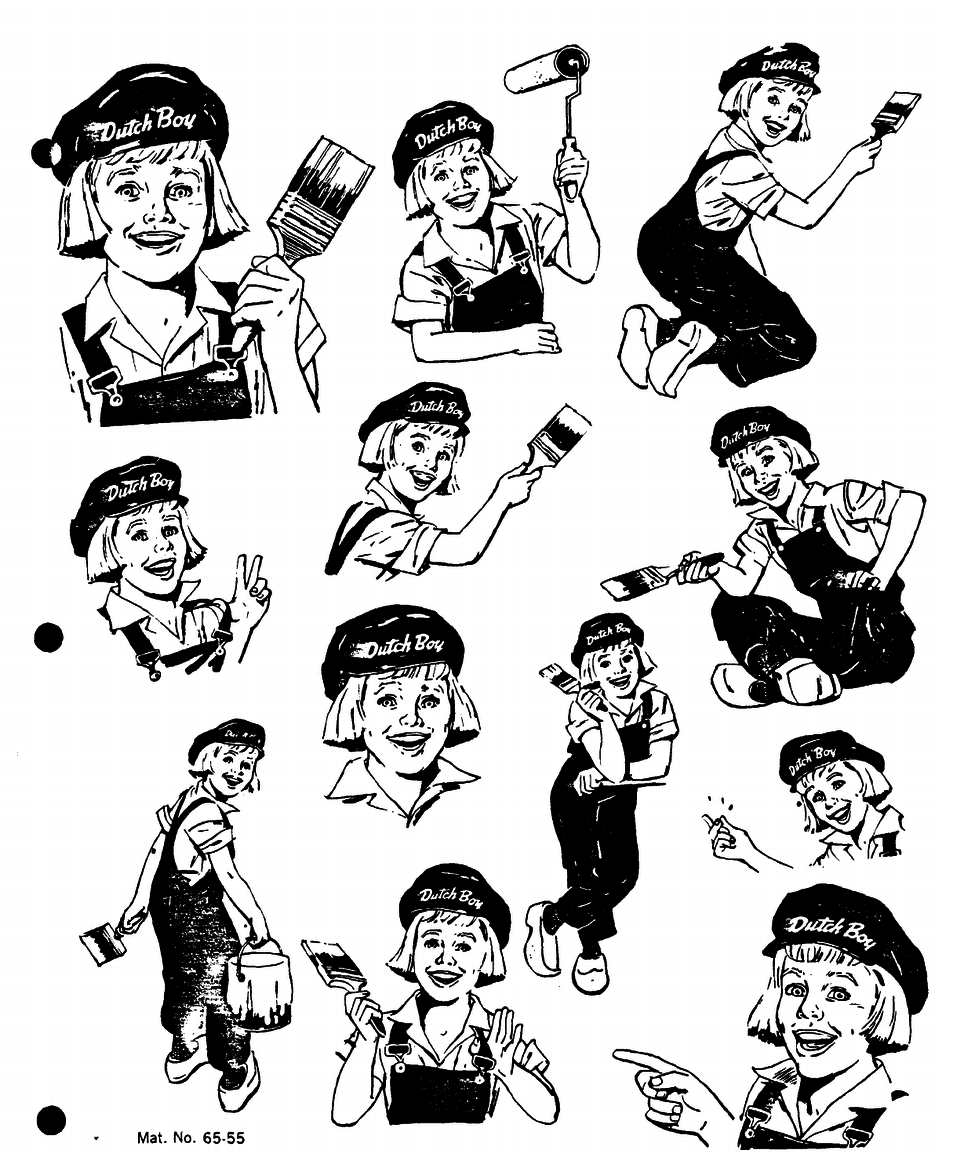The Power of the "Dutch Boy"
Dutch Boy Group is a paint manufacturing company founded by the National Lead Company (NL), which produced lead paints.
This is a 1954 proposal for a paint advertisement program and budget for Dutch Boy. From the mid 1950s, it pursued a particularly aggressive advertisement policy that equated a happy home with the use of Dutch Boy paint. The cheery Dutch Boy logo could be found on all its advertisements and became a symbol of success.

The timing of campaign is worth noting. Just a few years before, the Lead Industries Association (LIA) had agreed to develop a "voluntary standard" for reducing or eliminating lead in paints, though the speed and extent of the phase out varied across firms. It's impossible to tell from this document alone whether NL is discussing leaded paints. But it reveals just how powerful the Dutch Boy symbol had been to promoting leaded products in the prior decades.
The proposal called for an increase in the advertising budget in order to reach more consumers. The company aimed to benefit from the tremendous increase in disposable income that had taken place from 1947-1952:

Clearly, the company poured a lot of effort into analyzing and perfecting its advertising in order to sell more and more paint. To do this, Dutch Boy boasted of the paint's protective qualities:

In the mid-century period, advertising was immensely influential. Dutch Boy was a symbol used in camapigns that presented Dutch Boy paints as an integral material for the American home instead of for factories and other industrial plants, thus tapping into the aspirations of the booming American middle class.
